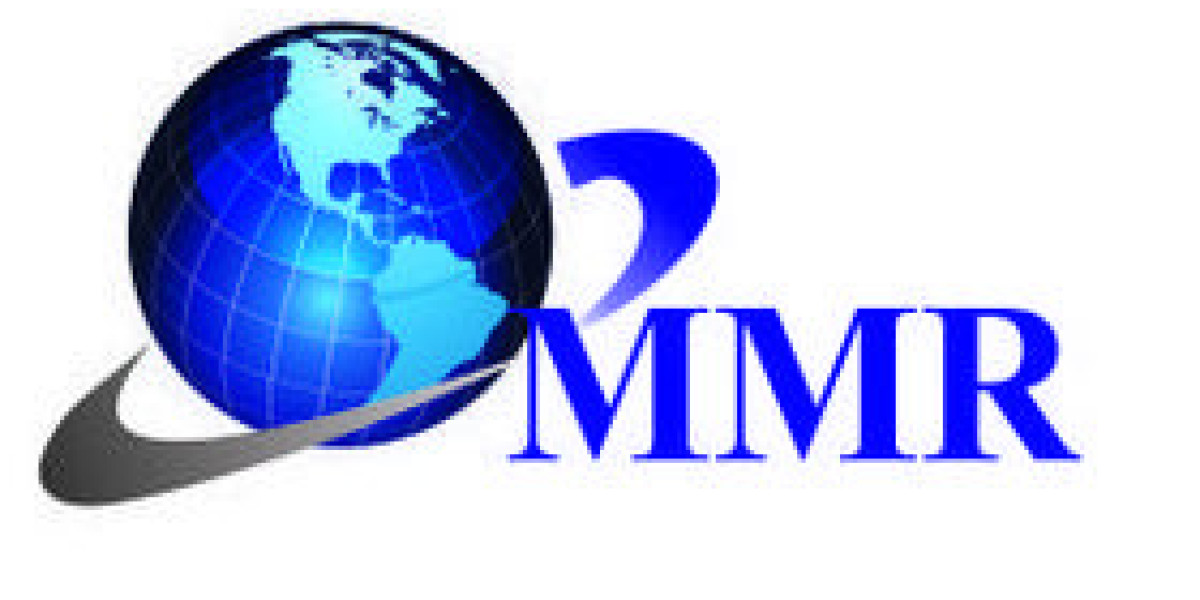Relational Database Management Systems (RDBMS) are a type of database management system that organizes data into tables with rows and columns. RDBMS has become the most popular and widely used database management system in the world, thanks to its unique characteristics that offer many advantages over other types of database systems.
In this blog, we will explore the key characteristics of RDBMS databases in SQL.
Data Consistency One of the key characteristics of RDBMS databases is data consistency. RDBMS ensures data consistency by enforcing data integrity constraints such as primary keys, foreign keys, and unique constraints. These constraints help maintain data accuracy and prevent data duplication.
ACID Properties RDBMS systems are designed to adhere to the ACID (Atomicity, Consistency, Isolation, and Durability) properties. These properties ensure that transactions are processed in a reliable and consistent manner. ACID properties help to ensure that data integrity is maintained even in the event of hardware or software failures.
Scalability Another important characteristic of RDBMS databases is scalability. RDBMS systems are highly scalable and can handle large volumes of data. They can be scaled vertically by adding more hardware resources or horizontally by adding more nodes to a cluster. This makes RDBMS databases suitable for use in enterprise-level applications that require the management of large datasets.
Security RDBMS systems provide robust security features, including user authentication, data encryption, and access control. These features help protect data from unauthorized access, data breaches, and cyber-attacks. In addition, RDBMS systems can also be configured to comply with regulatory and compliance requirements.
SQL Language SQL (Structured Query Language) is a powerful programming language used to interact with RDBMS systems. It allows developers to perform a wide range of operations on data, including querying, updating, deleting, and inserting data. SQL has become the standard language used for RDBMS databases and is supported by many popular RDBMS systems.
Data Modeling RDBMS databases use data modeling to organize data into tables, with each table consisting of rows and columns. This data modeling approach makes it easy for developers to understand the data structure and relationships between data entities. In addition, data modeling also allows developers to optimize database performance by reducing data redundancy and improving data retrieval times.
In conclusion, RDBMS databases in SQL are a reliable, secure, and scalable system for managing large volumes of structured data. The key characteristics of RDBMS databases, including data consistency, ACID properties, scalability, security, SQL language, and data modeling, make them suitable for use in a wide range of enterprise-level applications. By obtaining SQL Training, you can advance your career in the field of SQL Servers. With this Training, you can demonstrate your expertise in working with SQL concepts, including querying data, security, and administrative privileges, among others. This can open up new job opportunities and enable you to take on leadership roles in your organization.



